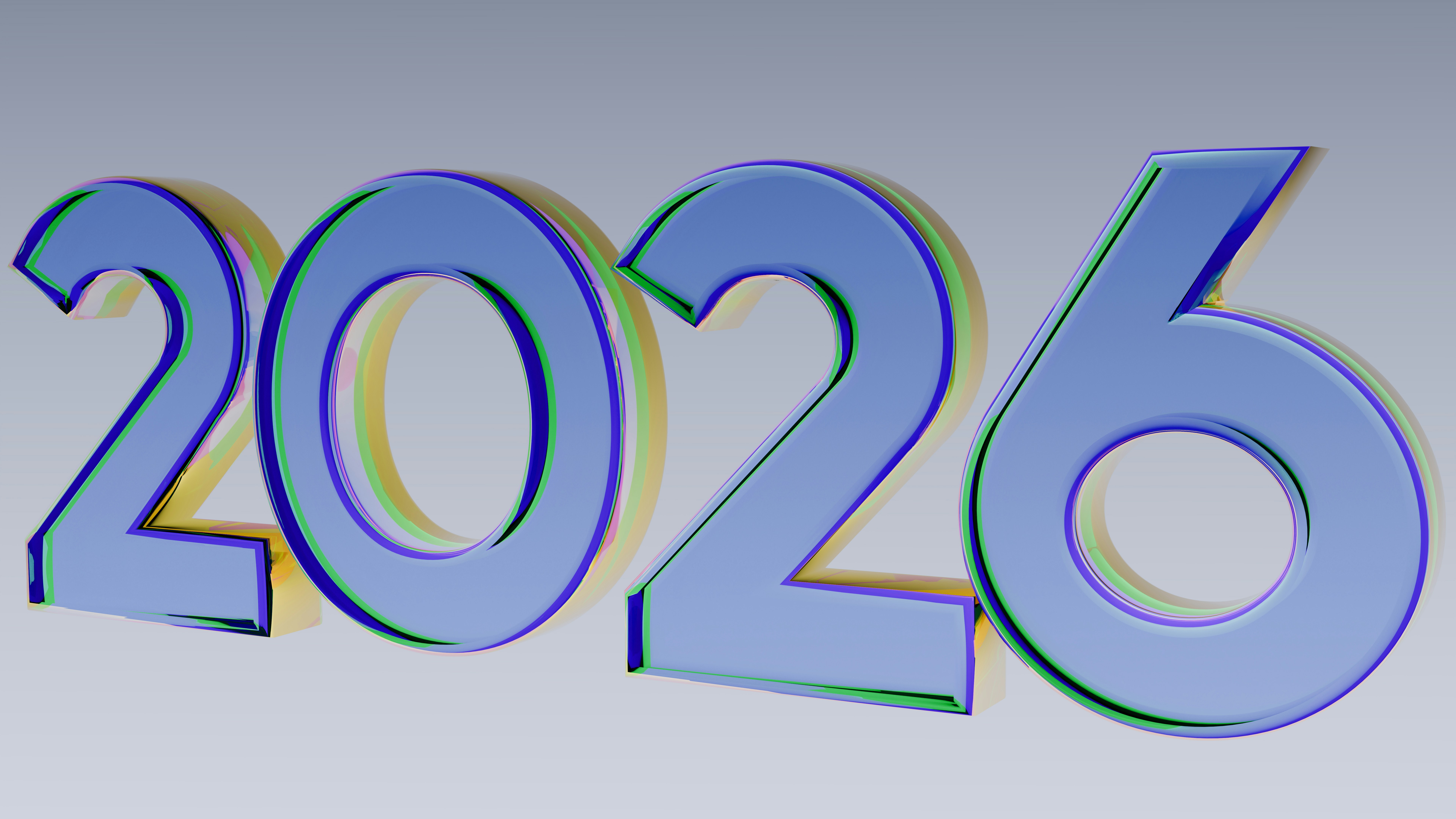Background
NOAA’s mission is to understand and predict changes in climate, weather, oceans, and coasts, and to conserve and manage coastal and marine ecosystems and resources. Within NOAA, the Center for Satellite Applications and Research (STAR), a division of NOAA’s National Environmental Satellite, Data, and Information Service (NESDIS), plays a crucial role in ensuring the quality and reliability of environmental satellite measurements. These measurements are vital for forecasting the weather, environmental monitoring, and numerous other applications. STAR achieves this through rigorous calibration and validation processes, comparing satellite data with ground truth data and independent measurements. STAR’s comprehensive approach ensures that NOAA’s satellite data is of high quality, meets user needs, and supports accurate environmental monitoring and prediction.
The sensor science and crosscutting technology theme within STAR supports research and development for NOAA’s satellite sensor payloads, ensuring data quality and preparing for future instruments. This involves developing mathematical models and algorithms to interpret satellite measurements, enhancing our understanding of Earth's systems and their impact on weather and climate. STAR facilitates the transition of satellite data and technologies from research to applications, enabling end users to make informed decisions. STAR also collects in situ observations for sensor calibration, product validation, and data fusion with satellite measurements, aiding in the development and maintenance of satellite instruments and products while mitigating risks. These efforts help develop and sustain satellite instruments and products while reducing risks.
Position Description
ERT, Inc is seeking talented individuals interested in supporting work at the Center for Satellite Applications and Research (STAR). Multiple positions at a variety of education and experience levels will be available. Duties include the following:
Will work as part of collaborative teams to support the system/software design engineering and development of calibration tools and interfaces, and life cycle processing, maintenance, and stewardship of the JPSS/GOES-R series and other Sensor Data Records (SDR) including instrument and data product quality monitoring in support of the NESDIS/STAR integrated calibration/validation program. Will work closely with STAR SDR teams as well as inter-Agency collaborations and international partners on the development and maintenance of instrument and data product quality monitoring systems. This will include:
JPSS Satellite Instrument Cal/Val:This involves calibration and validation for instruments like the Advanced Technology Microwave Sounder (ATMS), Cross-track Infrared Sounder (CrIS), Visible Infrared Imaging Radiometer Suite (VIIRS), and Ozone Mapping and Profiler Suite (OMPS) on various JPSS satellites. Activities include managing cal/val tasks, supporting operational calibration, investigating anomalies, improving data quality, and maintaining calibration parameters and tools.
Integrated Cal/Val System (ICVS):The ICVS supports NOAA satellite instrument monitoring, expanding to include future instruments. It involves daily monitoring of instrument health and performance, anomaly detection, and root-cause analysis.
GOES Instrument Cal/Val:This supports the GOES Calibration Working Group (CWG) in tasks such as operational calibration, anomaly investigation, and developing calibration tools and software.
Radio Occultation Cal/Val:STAR supports the NOAA radio occultation program, including developing data processing algorithms, validating atmospheric profiles, and monitoring data quality.
MetOp Instrument Cal/Val:This involves supporting the calibration of NOAA instruments on MetOp satellites, including operational calibration, anomaly investigation, and tool development.
Non-NOAA Sensor Cal/Val:STAR assesses and integrates non-NOAA sensors to complement NOAA satellite observations, including evaluating data from international and commercial partners.
Radiative Transfer Models (RTM):STAR supports the development and improvement of radiative transfer models, which are crucial for sensor performance analysis and data assimilation.
Small Spacecraft (SmallSat) Sensor Cal/Val:This involves calibrating and validating sensors on SmallSats, contributing to the quality assessment of these instruments.
Data Assimilation:STAR supports data assimilation activities, including evaluating the impact of satellite observations on weather forecasting and improving assimilation techniques.
Space Weather Instrument Cal/Val:STAR supports the calibration of space weather instruments on GOES satellites, including pre-launch and post-launch activities.
Ocean Sensor Cal/Val:This involves calibrating ocean remote sensing instruments, monitoring instrument stability, and conducting field experiments.
Risk Reduction:STAR promotes applied research to leverage next-generation satellite sensors, supporting advanced algorithm development and data integration for operational forecasters. Will integrate the existing and developing codes that are relevant to the instrument calibration, validation, and health status monitoring. Will perform software development and system administration to ensure instrument and data product quality monitoring packages are working properly under different IT environments. Will identify and quantify designed system goals, recommend creation of alternative system design concepts, and verify the design is properly built and integrated to the requirements.
Required Skills
1-6 years of applied science, software engineering and programming experience in satellite related applications (advanced degrees can offset multiple years of required experience). Experience in instrument calibration and validation. At least two of the following, or similar, computer programming languages on Unix/Linux platforms: FORTRAN, C/C++, Java, Python, IDL, MatLab or similar languages. Experience with common data formats such as netCDF and HDF. Software configuration and system administration abilities are recommended. Knowledge of, and/or background in, radiative transfer and/or AI/Machine Learning are also a plus.
Must be able to pass a background investigation to obtain a security badge to enter the applicable government facility.
Education
At least a BS in atmospheric science, physical science, computer science, related discipline, or equivalent. Positions at the BS, MS, and PhD-level will be available.
Benefits
All full time employees are eligible for the following benefits upon starting: Medical, Dental, Vision, 401(k), Paid Time Off, and 11 Paid Federal Government Holidays.
ERT is a VEVRAA Federal Contractor and Equal Opportunity/Affirmative Action employer - All qualified applicants will be considered for employment without regard to race, color, religion, sex, national origin, disability, or protected Veteran status.


